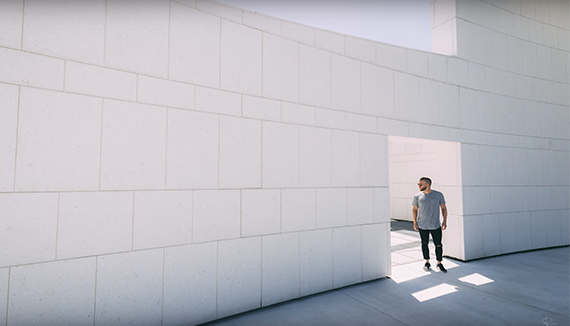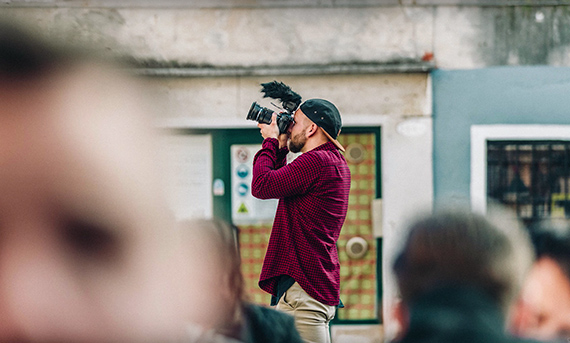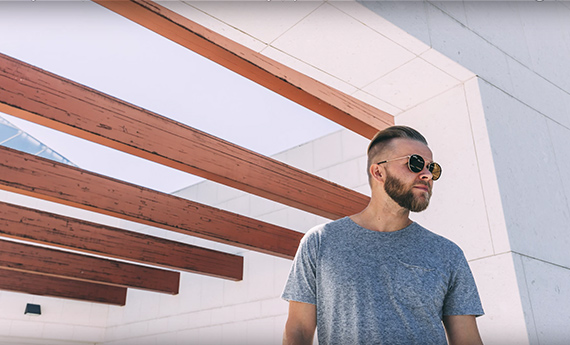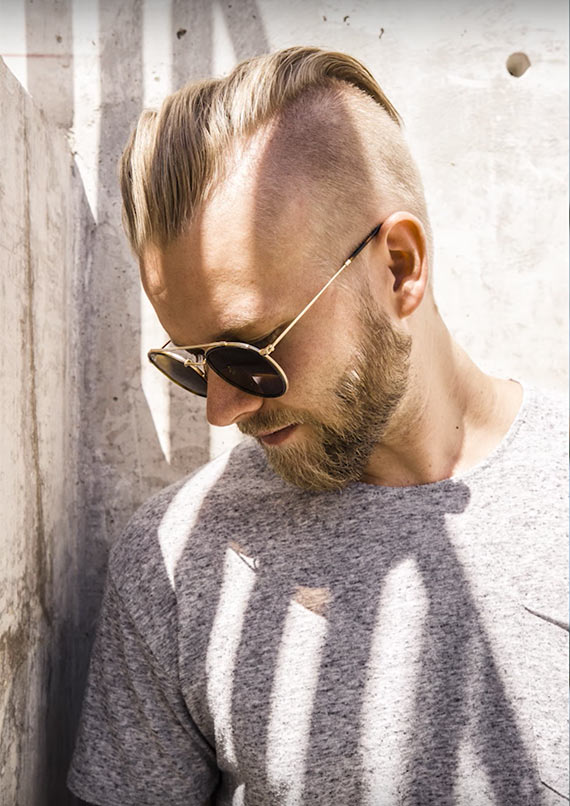Want to know the secret behind photographer Peter McKinnon’s eye-catching images? As it turns out, most of it has to do with keen attention to detail when it comes to formulating a captivating composition. Here, he discusses the three aspects that most directly impact photo composition:
1. Framing
One of the easiest ways to direct viewers through an image is to use line, shape, and symmetry to highlight or “frame” subjects. Anything in your environment can effectively become a frame. Man-made structures often work well; it’s easy to identify the helpful geometric aspects in architecture that make for a great frame.
However, natural frames can be equally effective. Shooting through leaves or a crowd of people can bring a sense of movement and liveliness to a photo while simultaneously eliminating distracting background elements.
For a successful frame, there’s just one thing to keep in mind: whatever it is that your lines lead to should serve as a strong visual payoff.
2. Perspective
Most photographers start out shooting everything they see from eye level. After all, a photograph taken at eye level reflects the way in which the human eye most commonly views the world; in short, it feels most natural. However, a little bit of experimentation can take you a long way.
Try looking at subjects and environments from different angles and heights. More likely than not, doing so will reveal visual elements that may not have been initially evident or visible.
3. Lighting
Last but certainly not least, the ways in which light impacts an image should never be overlooked. Take note of the colors that emerge in varied environments at different times of the day. Pay attention to the differences in a subject in the shade versus one positioned directly in the sun.
Most importantly, look out for the ways in which the environment and the light intermingle. It’s not uncommon to find patterns in light and shadow occurring naturally. See what happens when you place a subject smack dab in the middle of an interesting lighting scenario; almost always, you’ll find that it instantly elevates the quality of the shot.
“Photos that have good composition are just easier to look at. They’re more balanced…there is something about them that when you look at that photo you’re like, ‘AH! That’s a great photo!'”
Like This Article?
Don't Miss The Next One!
Join over 100,000 photographers of all experience levels who receive our free photography tips and articles to stay current:










Leave a Reply